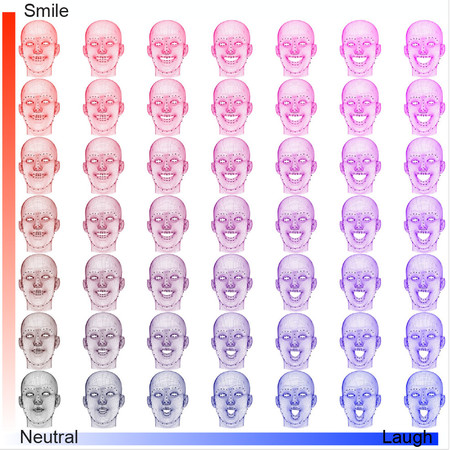No matter what industry you work in, you very likely rely on some form of information technology. When something goes wrong with your IT system, it can bring operations to an immediate stop. The Importance of IT Disaster Recovery for business is most evident after a disaster. Without a plan, a company in any industry risks losing massive amounts of money, taking hits to their reputation, and may even pass these risks onto customers or clients. Waiting until a disaster hits, however, is dangerous and risky. Many people believe that such things can not happen to them, but in reality, they can, and do happen to everybody. Recent storms and cyberattacks should be enough to convince you that you need a disaster recovery plan.
Recent Examples
The climate on this planet is undergoing massive changes. This has led to many costly natural disasters. Hurricane Sandy, for example, did $65 billion worth of damage, and that was, at its height, a Category 2 hurricane. More recent hurricanes, like Harvey and Irma, were significantly stronger and cost even more money. Only 30% of respondents to a survey conducted under the name “2013/2014 Information Governance Benchmarking Survey,” believed that their organization had sufficient systems as it relates to disaster and crisis recovery and management and business continuity. The National Small Business Association conducted a study in which they found that a vast majority (83%) of organizations still had no business continuity plan a year after Hurricane Sandy wreaked its havoc.
Being Prepared
Even if your organization understands the importance of a contingency plan, it can be hard to understand how to start creating one. It is especially difficult for those who have never had to deal with disaster recovery. These people are susceptible to thinking that they will never need to utilize such a plan. They may also simply have no idea exactly what to prepare for. Either way, having a plan is essential for all organizations, as it is guaranteed to save costs in the long run.
If no one in your organization has any experience with planning for disaster recovery, it is important to consult with someone who has. There are so many things that need to be considered in a contingency plan, and it can be impossible to cover all of the bases without any experience in doing so. Many people also have difficulty recognizing the difference when it comes to disaster recovery vs. business continuity. While a business continuity plan is often used in conjunction with a disaster recovery plan, they are separate plans. The business continuity plan should indicate how business will continue after a disaster. The disaster recovery plan deals specifically with IT.
Once there is a well thought out plan in place, and any previous gaps in the plan have been fixed, any organization will be able to recover from a disaster quickly and efficiently. This helps prevent financial loss and loss of reputation. It can also help reduce the risk of damage to equipment during a disaster, and protect the privacy of client records.
Recent Examples
The climate on this planet is undergoing massive changes. This has led to many costly natural disasters. Hurricane Sandy, for example, did $65 billion worth of damage, and that was, at its height, a Category 2 hurricane. More recent hurricanes, like Harvey and Irma, were significantly stronger and cost even more money. Only 30% of respondents to a survey conducted under the name “2013/2014 Information Governance Benchmarking Survey,” believed that their organization had sufficient systems as it relates to disaster and crisis recovery and management and business continuity. The National Small Business Association conducted a study in which they found that a vast majority (83%) of organizations still had no business continuity plan a year after Hurricane Sandy wreaked its havoc.
Being Prepared
Even if your organization understands the importance of a contingency plan, it can be hard to understand how to start creating one. It is especially difficult for those who have never had to deal with disaster recovery. These people are susceptible to thinking that they will never need to utilize such a plan. They may also simply have no idea exactly what to prepare for. Either way, having a plan is essential for all organizations, as it is guaranteed to save costs in the long run.
If no one in your organization has any experience with planning for disaster recovery, it is important to consult with someone who has. There are so many things that need to be considered in a contingency plan, and it can be impossible to cover all of the bases without any experience in doing so. Many people also have difficulty recognizing the difference when it comes to disaster recovery vs. business continuity. While a business continuity plan is often used in conjunction with a disaster recovery plan, they are separate plans. The business continuity plan should indicate how business will continue after a disaster. The disaster recovery plan deals specifically with IT.
Once there is a well thought out plan in place, and any previous gaps in the plan have been fixed, any organization will be able to recover from a disaster quickly and efficiently. This helps prevent financial loss and loss of reputation. It can also help reduce the risk of damage to equipment during a disaster, and protect the privacy of client records.

















